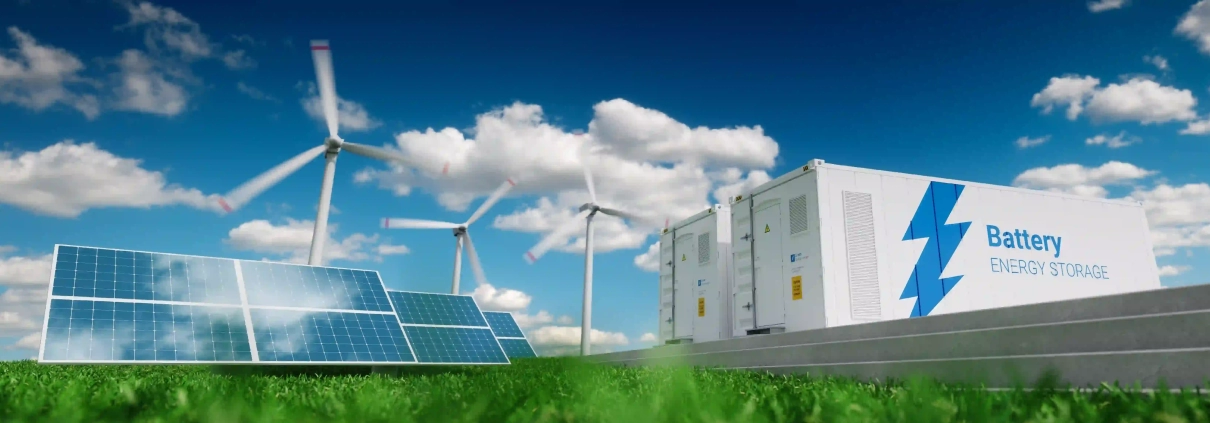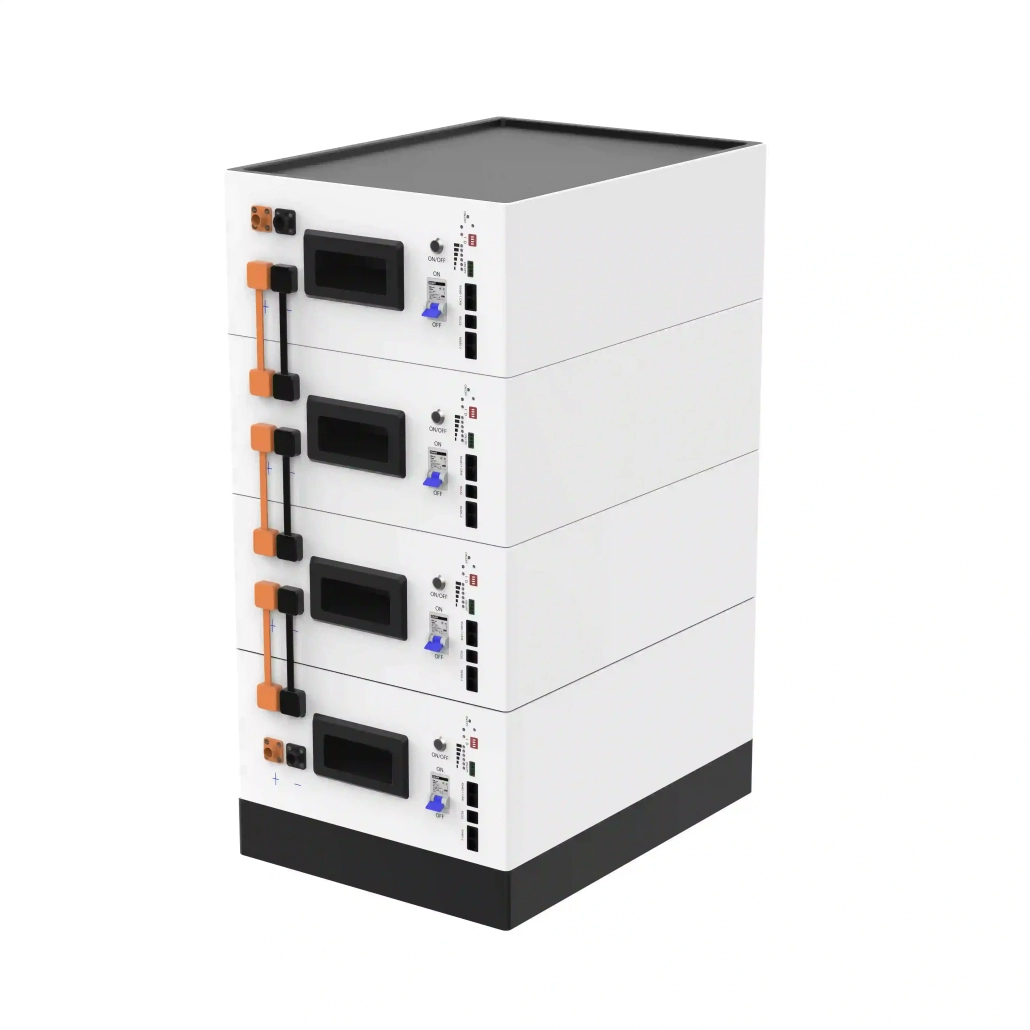More Products:
Global energy storage battery go mainstream
Global Energy Storage Battery Capacity
According to a report on April 30th by the Nikkei, energy storage batteries are essential for promoting renewable energy. Nowadays, they have entered a widespread “popularization period.” In 2023, global newly-added energy storage battery capacity will reach 30 terawatts, an 87% increase from the previous year, and a tenfold increase in five years. Lithium battery prices have also fallen 60% in five years. The energy storage battery industry has received substantial subsidies from governments worldwide. Still, reducing greenhouse gas emissions to near zero remains a challenging goal, and there is an urgent need to further increase energy storage battery supply capabilities.
Energy storage batteries are key to making renewable energy the primary power source. Solar and wind energy outputs depend on the weather. To effectively utilize these resources, a system must be established to store electricity in batteries when appropriate and use the stored power during adverse weather conditions.
Currently, the energy storage battery market is dominated by China. China is promoting the development of renewable energy nationwide. In 2022, China installed 5.6 terawatts of new energy storage batteries, 2.3 times more than in 2021, accounting for 34% of the global total and ranking first in the world.
Europe, with a global share of 27%, is also constructing large-scale energy storage plants. In 2022, Spanish utility giant Iberdrola invested 28 million euros in building a 0.05-terawatt large-scale energy storage plant in Ireland, which is now in operation.
On the other hand, Japan has only a 2% share of the global energy storage battery market. Japan’s commercialization of energy storage batteries has been slow. Japan implements a fixed-price system for electricity prices, so the demand for batteries used to store electricity has not increased significantly.
By 2030, the global newly-added battery storage capacity is expected to reach 87 terawatts, nearly three times that of 2023. It is estimated that the energy storage battery industry will expand at an average annual rate of 23% from now until 2030. This means that energy storage batteries have finally entered a widely-used period.
Behind this lies the fact that the manufacturing cost of energy storage battery has dropped significantly, which used to be the biggest constraint on their development. According to data from the International Energy Agency, the price of lithium-ion battery packs has fallen 60% in five years, reaching $132 per kWh in 2021. Additionally, substantial government subsidies have played a role.
Future Of Energy Storage Battery
On April 20th, the US Department of Energy announced it would provide up to $3 billion in loan guarantees for installing rooftop solar power systems and storage batteries, encouraging people to install solar panels and energy storage batteries at home and experiment with collective control and operation of distributed power. This technology, known as a Virtual Power Plant (VPP), uses energy storage batteries to adjust fluctuating power demand due to time and location, making electricity usage more efficient. In some areas, energy storage batteries have become a critical factor in maintaining power stability.
In California, a leader in renewable energy in the United States, power supply achieved through energy storage batteries surpassed nuclear power stations for the first time in July 2022. During the day, when renewable energy is in surplus, electricity is stored in batteries. At night, the batteries output power for users. The ability of energy storage batteries to reduce users’ dependence on fossil fuel power generation during power instability is growing stronger.
However, the installation speed of energy storage batteries has not kept pace with the continuous introduction of renewable energy. The International Energy Agency points out that by 2030, the world needs a cumulative 780 terawatts of battery storage capacity to achieve near-zero global greenhouse gas emissions by 2050. But the expected global battery storage capacity by 2030 will only reach about 500 terawatts, with the gap continuing to be filled by thermal power generation. The main obstacle is that, to some extent, the installation locations for energy storage batteries are still concentrated in areas like the United States, where government subsidies are more generous.
Moreover, the concentration of energy storage battery production in China poses certain risks. According to data from the International Energy Agency, in 2022, China accounted for 62% of global lithium battery production capacity. In the field of automotive batteries, CATL is the world’s number one. As tensions between the US and China intensify, the Biden administration encourages domestic companies to produce energy storage batteries. In 2022, the US passed legislation to provide tax incentives for manufacturing energy storage batteries domestically, attracting new investments from many companies. Additionally, the European Union encourages local companies to produce energy storage batteries to change their dependence on China in this field.




